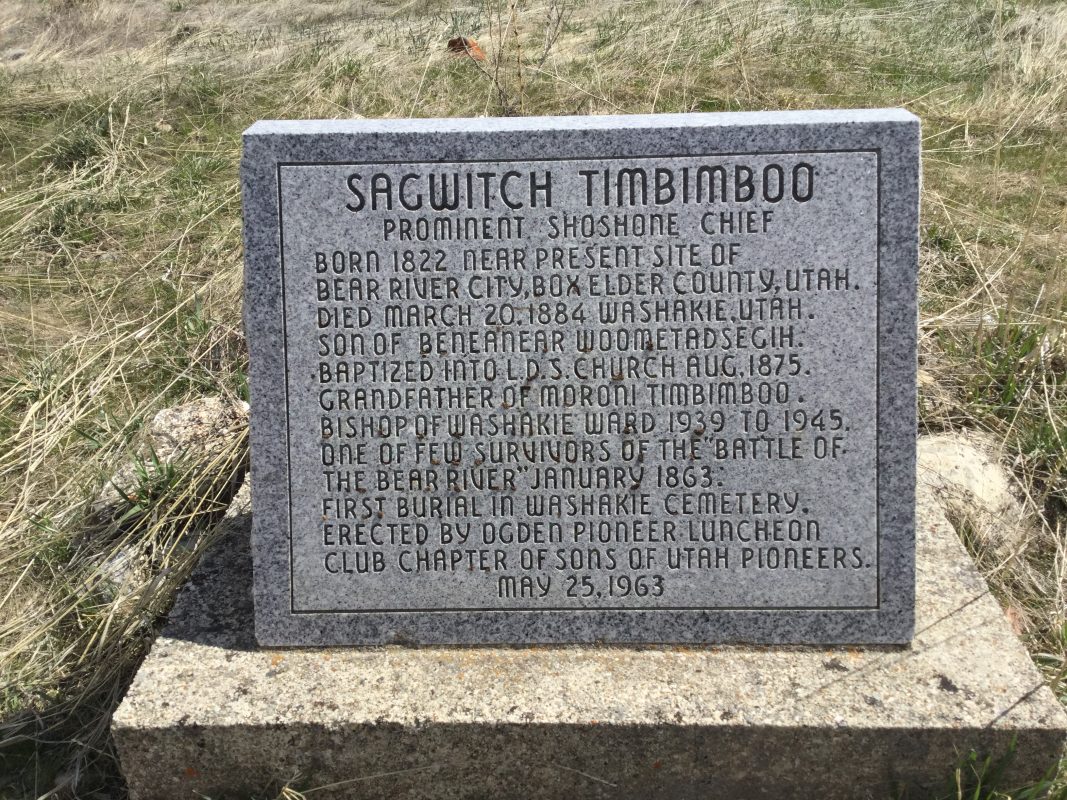
Several BIO-WEST employees, along with volunteers from TreeUtah and Ivory Homes, grabbed their shovels and met on the grassy hillside known as Washakie Cemetery, ready to plant an assortment of trees, shrubs, and bushes, Friday, Oct 30.
The planting event was a part of a restoration project the Northwestern Band of the Shoshone Nation has been conducting for many years. The goal of the project is to restore and beautify the cemetery, which had fallen into disrepair and was overtaken by native grass and invasive plants.
In 2016, the Tribe received grant funding from the Bureau of Reclamation that allowed them to install a new clean water system in the cemetery. With that installed, they began re-introducing native plants to improve the area.
BIO-WEST has been helping the Tribe by offering recommendations about which native plant species are best-suited for the site. Several BIO-WEST employees volunteered their time to help with the planting.
The Washakie Cemetery has been sacred ground to the Northwestern Band of the Shoshone Nation since its establishment in 1887. The first to be buried there was Chief Sagwitch, who was a survivor of the 1863 Bear River Massacre.
Several years after the massacre, in 1878, Chief Sagwitch and approximately 170 other survivors settled near Plymouth, Utah, and formed a farming township named Washakie, named after Chief Washakie of the Eastern Shoshone Nation.
During the winter of 1887, Chief Sagwitch had been hunting and camping in Broad Canyon, just west of Washakie, when he fell sick with the flu. Two of his sons carried him on a stretcher back to Washakie to get medical attention, but he died before he could get there. He was buried in the field, where he died.
Over the years, other members of the Northwestern Band of the Shoshone Nation were buried there, including several survivors of the Bear River Massacre. Today, there are over 1,000 people buried in the Washakie cemetery.
For many years, the community at Washakie thrived. The family groups living there took care of the cemetery. As time went on, however, the population of Washakie shrank. Many of the younger people became involved in World War II, and many of the older people went to work for the defense industry. After the war, few returned to Washakie, and the township diminished until only a few people remained .
During the summer of 1960, the land was sold to a large, privately owned cattle ranch. The homes, schoolhouse, and church on the property were burned down to prepare for new development. The Tribe fought to save the cemetery, and eventually managed to re-acquire more than 180 acres of the land, which was converted into a Tribal reservation.
